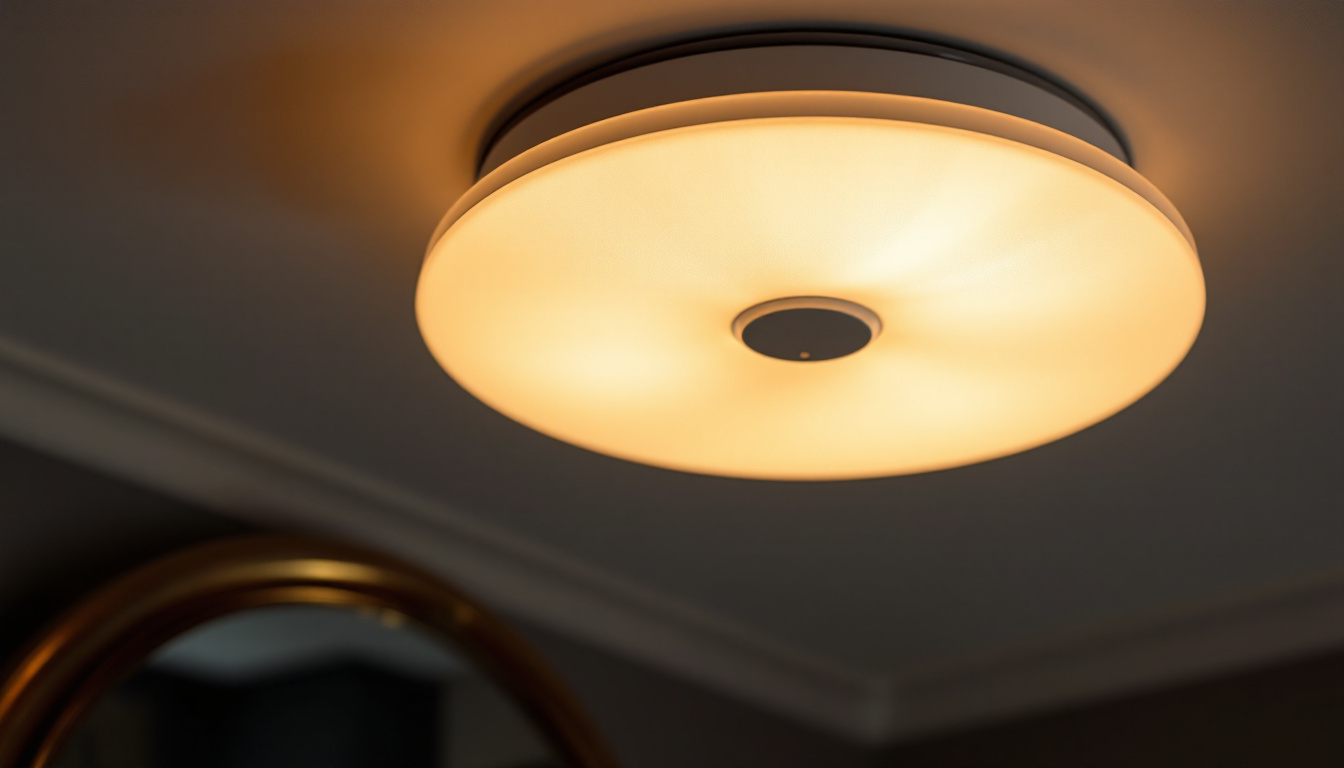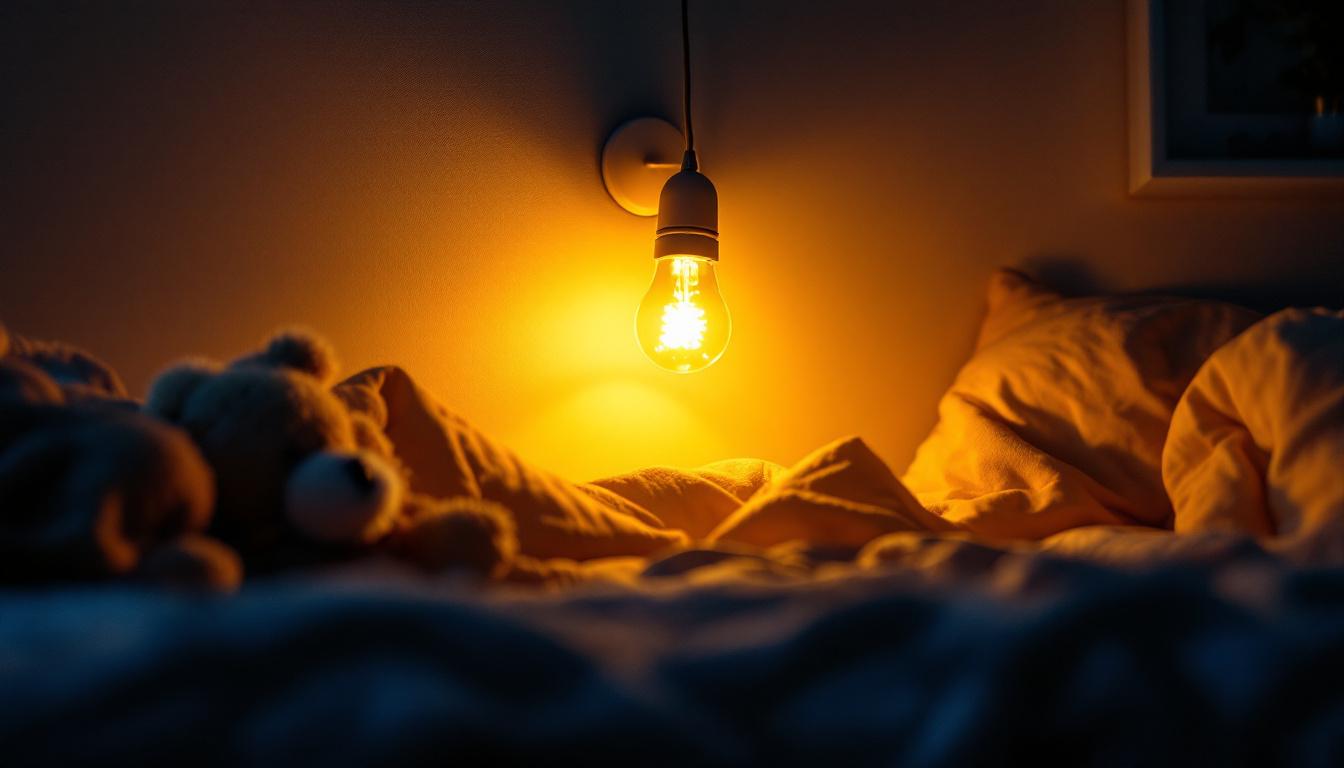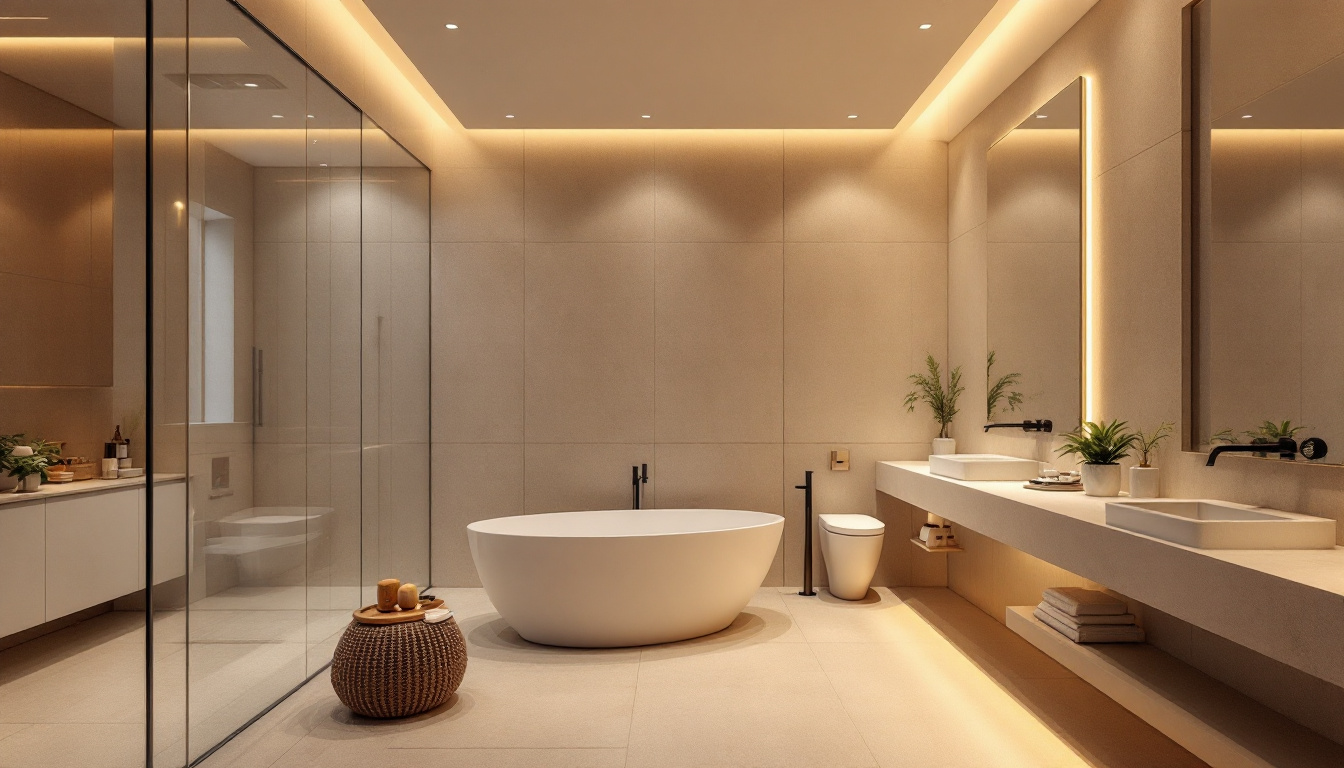
flush mount lamps have become a staple in modern lighting design, offering a sleek and unobtrusive way to illuminate spaces. For lighting contractors, understanding the intricacies of flush mount installations can significantly enhance both the quality of work and client satisfaction. This article delves into best practices for installing flush mount lamps, ensuring that contractors can deliver optimal results while navigating the nuances of various environments.
Before diving into installation techniques, it’s essential to grasp what flush mount lamps are and how they differ from other lighting fixtures. Flush mount lamps are designed to sit directly against the ceiling, providing a clean look that is ideal for low-profile spaces. They come in various styles, shapes, and sizes, making them versatile for different applications.
Flush mount lamps can be categorized into several types, including traditional, contemporary, and semi-flush designs. Traditional flush mounts often feature ornate designs and materials like glass or metal, while contemporary options lean towards minimalism, utilizing sleek lines and innovative materials. Semi-flush mounts, on the other hand, hang slightly below the ceiling, offering a different aesthetic while still maintaining a low profile.
Understanding these variations is crucial for contractors as it allows them to recommend the best options to clients based on their specific needs and the overall design of the space. For instance, a modern kitchen may benefit from a sleek, contemporary flush mount, while a vintage-inspired living room might call for a more traditional fixture. Additionally, there are energy-efficient options available, such as LED flush mounts, which not only reduce electricity costs but also have a longer lifespan compared to traditional incandescent bulbs. This makes them an increasingly popular choice among homeowners looking to combine style with sustainability.
Flush mount lamps are incredibly versatile and can be used in various settings. Common applications include residential spaces like living rooms, bedrooms, and hallways, as well as commercial environments such as offices, retail stores, and restaurants. Their ability to provide ample light without taking up visual space makes them ideal for rooms with low ceilings or limited square footage.
In commercial settings, flush mounts can enhance the overall ambiance while ensuring that the lighting meets safety and functionality standards. For instance, in a retail environment, proper lighting can highlight products and create an inviting atmosphere, making flush mount lamps an excellent choice. Moreover, in hospitality settings such as hotels or restaurants, these fixtures can be strategically placed to create a warm and welcoming environment, subtly guiding guests through the space while maintaining an elegant aesthetic. The choice of finish and design can also play a significant role in reinforcing a brand’s identity, making flush mount lamps not just functional but also a key element of interior branding.
Installing flush mount lamps requires attention to detail and adherence to safety protocols. The following best practices will help lighting contractors execute installations efficiently and effectively.
Before beginning any installation, thorough preparation is key. This includes assessing the installation site, ensuring that all necessary tools and materials are on hand, and understanding the electrical requirements of the fixture. Contractors should review the manufacturer’s instructions to familiarize themselves with specific installation guidelines and safety warnings.
Additionally, evaluating the ceiling type is crucial. Different ceiling materials, such as drywall, plaster, or concrete, may require specific mounting techniques or hardware. Proper planning can prevent complications during installation and ensure a smooth process. It is also beneficial to consider the room’s layout and how the flush mount lamp will interact with existing decor and furnishings. For instance, positioning the fixture to maximize light distribution and enhance the room’s ambiance can significantly impact the overall aesthetic and functionality of the space.
Safety should always be a top priority when working with electrical fixtures. Before starting the installation, it’s essential to turn off the power at the circuit breaker to avoid any electrical hazards. Using a voltage tester to confirm that the power is off is a recommended practice.
Contractors should also ensure that the wiring is in good condition and meets local electrical codes. If any wiring appears frayed or damaged, it should be replaced before proceeding with the installation. Proper grounding is also necessary to prevent electrical shocks and ensure the longevity of the fixture. Furthermore, it is wise to have a fire extinguisher nearby and to familiarize oneself with its use, as a precautionary measure against any unforeseen electrical mishaps during the installation process.
Once the preparation and safety checks are complete, the actual installation can begin. The first step is to securely mount the electrical box to the ceiling, ensuring it can support the weight of the flush mount lamp. Following the manufacturer’s instructions, connect the fixture’s wires to the corresponding wires in the ceiling—typically black to black (hot), white to white (neutral), and green or copper to the ground.
After securing the connections with wire nuts, carefully tuck the wires into the electrical box and attach the flush mount fixture to the ceiling. Ensure that it is level and securely fastened, as a poorly installed fixture can lead to operational issues and safety concerns. Additionally, it is important to consider the type of bulbs being used in the fixture, as some may require specific wattages or types to operate efficiently. Using LED bulbs, for example, can enhance energy efficiency and reduce heat output, contributing to a longer lifespan for both the fixture and the bulbs themselves. Testing the fixture after installation is also crucial; turning the power back on and checking for any flickering or unusual sounds can help identify potential issues before they escalate into more significant problems.
Not all flush mount lamps are created equal, and selecting the right fixture for a specific application can make a significant difference in the overall lighting design. Several factors should be considered when choosing a flush mount lamp.
The style of the flush mount lamp should complement the overall design of the space. For instance, a modern, minimalist lamp may be suitable for a contemporary home, while a more ornate fixture might be better suited for a traditional setting. Contractors should take the time to understand the client’s vision and recommend options that align with their preferences.
Additionally, color temperature plays a crucial role in setting the mood of a room. Warm white (2700K-3000K) is often preferred for living spaces, while cooler temperatures (4000K-5000K) may be more suitable for workspaces or kitchens. Contractors should educate clients about these options to help them make informed decisions.
With an increasing focus on sustainability, energy-efficient lighting solutions are more important than ever. LED flush mount lamps are an excellent choice due to their long lifespan and reduced energy consumption compared to traditional incandescent bulbs. Contractors should encourage clients to consider LED options, highlighting the benefits of lower energy bills and fewer bulb replacements.
Moreover, many LED fixtures now come with dimmable capabilities, allowing for greater control over the ambiance of a space. This feature can enhance the versatility of flush mount lamps, making them suitable for various activities and moods.
Choosing the right size flush mount lamp is essential for achieving a balanced look in a room. A fixture that is too small may get lost in a large space, while one that is too large can overwhelm a small room. Contractors should measure the area where the lamp will be installed and recommend a size that complements the room’s dimensions.
As a rule of thumb, the diameter of the flush mount fixture should be approximately one-third the width of the room. This guideline helps ensure that the lamp is proportionate and visually appealing within the space.
Once flush mount lamps are installed, ongoing maintenance is crucial to ensure their longevity and performance. Contractors should educate clients about proper care and troubleshooting common issues that may arise.
Dust and dirt can accumulate on flush mount lamps over time, diminishing their brightness and aesthetic appeal. Regular cleaning is essential, and contractors should recommend using a soft, damp cloth to wipe down the fixture. For glass components, a glass cleaner can help restore clarity and shine.
Additionally, clients should be advised to check the fixture periodically for any signs of wear or damage. Loose screws, flickering lights, or unusual noises may indicate that maintenance is required. Prompt attention to these issues can prevent more significant problems down the line.
Even with proper installation and maintenance, issues may arise with flush mount lamps. Common problems include flickering lights, dim lighting, or complete failure to turn on. Contractors should be prepared to troubleshoot these issues effectively.
Flickering lights may indicate a loose connection or an issue with the bulb itself. In such cases, checking the wiring and ensuring that the bulb is securely installed can often resolve the problem. Dim lighting may be a sign of an incompatible bulb or an issue with the fixture’s electrical components. If the problem persists, consulting a licensed electrician may be necessary.
Flush mount lamps are a versatile and stylish lighting solution that can enhance a variety of spaces. For lighting contractors, mastering the best practices for installation, selection, and maintenance of these fixtures is essential for delivering quality work and ensuring client satisfaction. By understanding the nuances of flush mount lamps, contractors can elevate their expertise and provide valuable insights to clients, ultimately leading to successful projects and lasting relationships.
As the lighting industry continues to evolve, staying informed about the latest trends and technologies will further empower contractors to make informed decisions and recommendations. Embracing energy efficiency, design aesthetics, and proper installation techniques will not only benefit contractors but also contribute to creating beautifully illuminated spaces that meet the needs of clients.
Ready to take your lighting projects to the next level? At LumenWholesale, we provide lighting contractors with the highest quality, spec-grade flush mount lamps and more, all at unbeatable wholesale prices. Say goodbye to local distributor markups and hello to superior products that meet the strictest industry standards. With our hassle-free bulk buying and free shipping, you can trust that you’re getting premium lighting at the best value — no hidden fees, no compromises. Elevate your lighting installations today and discover wholesale lighting at the best value with LumenWholesale.

Discover essential best practices for lighting contractors in the world of Quasar Light.

Discover how a low brightness light bulb enhances safety in lighting installations, reduces glare, and improves energy efficiency—learn key benefits and safety tips today!.

Discover the key benefits and considerations of automatic light sensor switches for lighting contractors.

Discover how bathroom recessed lights can transform your space by enhancing lighting efficiency and aesthetics.